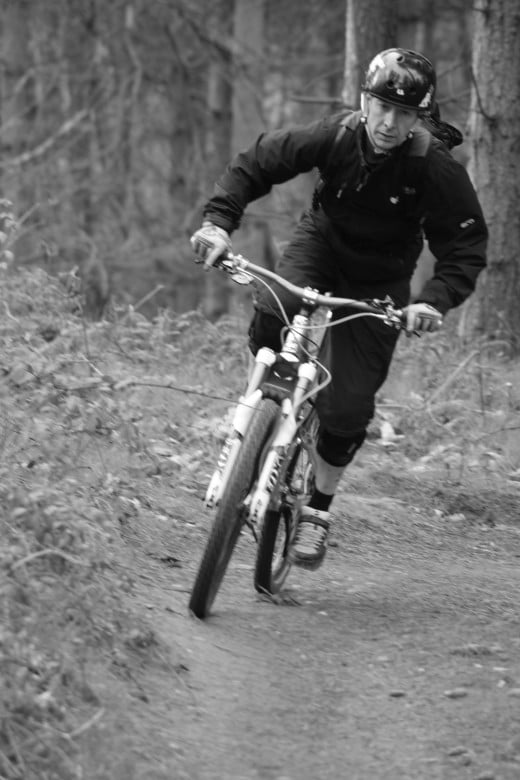How to Breathe When Cycling
Our breathing can affect our cycling performance
At rest we generally breathe in through our nose and out through our mouth.
However as the intensity of endurance exercise (like cycling) increases the ability of our body’s respiratory system to supply adequate oxygen to the working muscles is reduced by simply inhaling through the nasal passages. Breathing in through the nasal passage alone whilst cycling or performing any endurance exercise could become a severe limiting factor to cardiovascular function of the body and as such we have the additional capacity of greater oxygen inhalation through the mouth.
What if our breathing is impaired while cycling?
Without a flow of oxygen into our bloodstream to supply working muscles aerobically while cycling our body would be forced to work anaerobically which would lead to a build up of lactic acid within the working muscles and an eventual inability to perform.

Surely breathing in and out is the simple way to breathe when cycling?
For those of you that look on things in a simplistic manner- yes we need to breath in and out for cycling however the manner with which we breathe has great importance.
If you watch a cyclist and listen to them at the high end of their respiratory scale where they are working for a long period of time above their anaerobic threshold their breathing will often begin to become erratic and uncontrolled. This is a sure sign that their body is struggling to bring in sufficient oxygen to power the working muscles.
It is possible for the body to go into a state of hyperventilation if we simply concentrate on making a series of fast and sharp exhalations while cycling. While a single or few sharp exhalations can be effective at expelling some of the built up carbon dioxide at an increased rate compared to regular breathing, however the process is not conducive to endurance performance as a result of the hyperventilation risk.
Breathing and Cycling
It's not as simple as breathing in and breathe out whilst exercising
How can our breathing affect cycling performance
Our ability to provide oxygen to our working muscles is a key determinant of endurance cycling success so it’s key to learn how to breath while cycling to maximise your cycling performance.
Learning to breath better for improved cycling performance and enjoyment
Our lungs and respiration system plays a vital role in cycling performance- as much as a set of strong legs.
Rhythmic pedalling and rhythmic breathing go hand in hand in the advancement of cycling performance. Traditional sports science ramp tests for lactate threshold have often used an abnormal increase in breathing rate to symbolise the deflection point that signifies lactate threshold in cyclists.

Breathing techniques for better cycling
Lie down and relax while paying attention to how you breathe,
You your breathe deeply through your stomach? Or high in your chest at a fast rate?
Fast high chest breathing is limiting when it comes to sporting performance therefore it is vital to spend some time getting used to breathing at a slower rate and deeply through diaphragmatic breathing by using the abdominals to maximise our breathing ability.
How to use diaphragmatic breathing for better cycling
Checking your ability to move the diaphragm.
Lying on a bed or flat surface place your hands on your body with one hand on your sternum (breast bone) and the other on your naval. Attempt to push out your lower hand (on your navel) through your abdominal muscles while keeping the area around your upper hand still (on the sternum)
Poor posture can restrict your ability to breath through diphragmatic breathing.
The practice of diaphragmatic breathing for cycling can also help to control our mental state to promote calmness and control of our state of mind.








